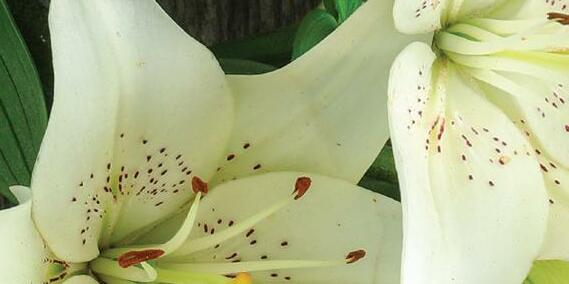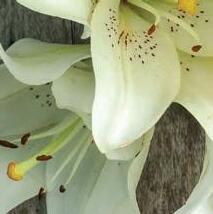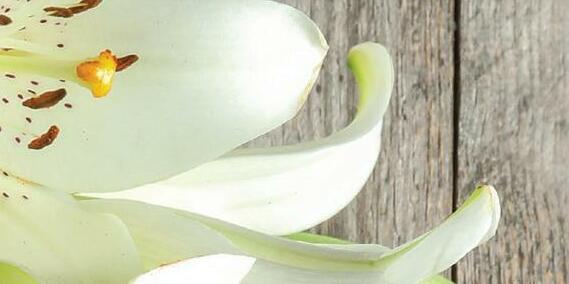
2 minute read
Orchids: A diverse family of plants and people





The orchid family (Orchidaceae) is one of the largest and most diverse plant families on the planet. is diversity extends to the people who study, admire and grow these fascinating plant treasures. Charles Darwin, Carl Linnaeus and William Cattley are names you may recognize, but the history of orchid research and cultivation is far richer than these more familiar names. is year’s Orchid Showcase at the Denver Botanic Gardens shines a spotlight on some lesser-known champions of orchids. eir stories are as diverse as the orchid family itself.
Rebecca Tyson Northern, who lived from 1910-2004, was an orchid advocate with a Colorado connection. She was a trained biologist with an M.A. from Mt. Holyoke College and along with her husband — a plant physiologist professor at the University of Wyoming — were members of the Denver Orchid Society who also traveled Central and South America studying orchids.
Rebecca was also the author of numerous books on growing orchids. At a time when orchids were widely considered a hobby of the elite, her approachable writing style welcomed a new demographic to the orchid hobby. Decades after they were written, many of her books remain the go-to resource for beginner orchid growers.
In 2012, I had the pleasure of traveling to Peru and meeting Carmen Soto. Carmen attended Cusco National San Antonio Abad University and quickly put her biology degree
Letter To The Editor
Taxed out
Clear Creek county is an illusion. It doesn’t really exist. is fantasy was powered by vastly disproportional tax in ows from a Mine and the rare proximity to a major arterial. While tourists keep the little towns breathing, the county is now starving for operating capital, for you see that arti cial magic that kept it alive so long is wearing o , much like the exit of a shinny metal did not too long ago. Running the long anticipated de cit that the previous political regimes hoped wouldn’t happen on their watch, our current masters of fate struggle with the usual governmental bloated budgets a orded them by previous demands for molybdenum of all things. In the usual manner of political leanings, increasing taxes is always their emotionally driven solution. However, the remaining tax source, the citizens, are aging and sliding into the “ xed income” category. is is happening globally, completely rearranging social structures as it moves... and that movement is accelerating. Even with the national disconnect of “money” from any resemblance at all to the human calories from which it came, our county nds it cannot just manufacture more of it to cover the gap- to work protecting and conserving Andean ora and fauna in her native home. She was the chief biologist for Inkaterra Asociacion at Machu Picchu where she created an extensive native orchid garden that has become a major tourist attraction and is a model for similar gardens around the world. With her passion for orchids, she mentored and inspired young biologists as well as tens of thousands of visitors to Inkaterra. e Dracula Youth Reserve — named for an orchid genus growing within its borders — in Ecuador is a 244-acre protected area of cloud forest and is in one of the most biodiverse ecosystems in the world. reatened by mining, the reserve is part of the larger 5,300 acres managed by partners EcoMinga, Rainforest Trust and Orchid Conservation Alliance. e reserve is home to hundreds of orchid species — many new to science. e Dracula Youth Reserve is the rst entirely youthfunded nature reserve in the world with all funds generated by people 26 years of age or younger.
You can learn more about the diverse people who have shaped the study and cultivation through history when you visit the Orchid Showcase at Denver Botanic Gardens. e exhibit is included in general admission and runs through Feb. 20.
Nick Snakenberg is the curator of Tropical Collections at the Denver Botanic Gardens








